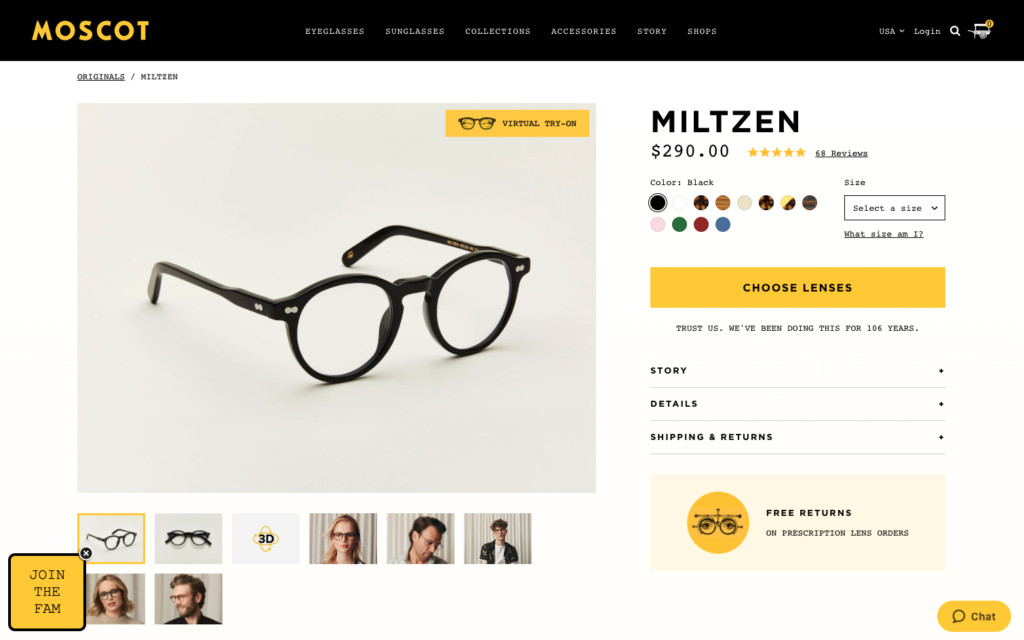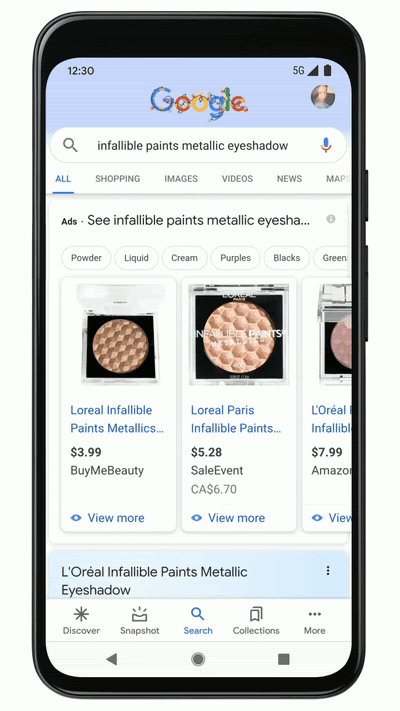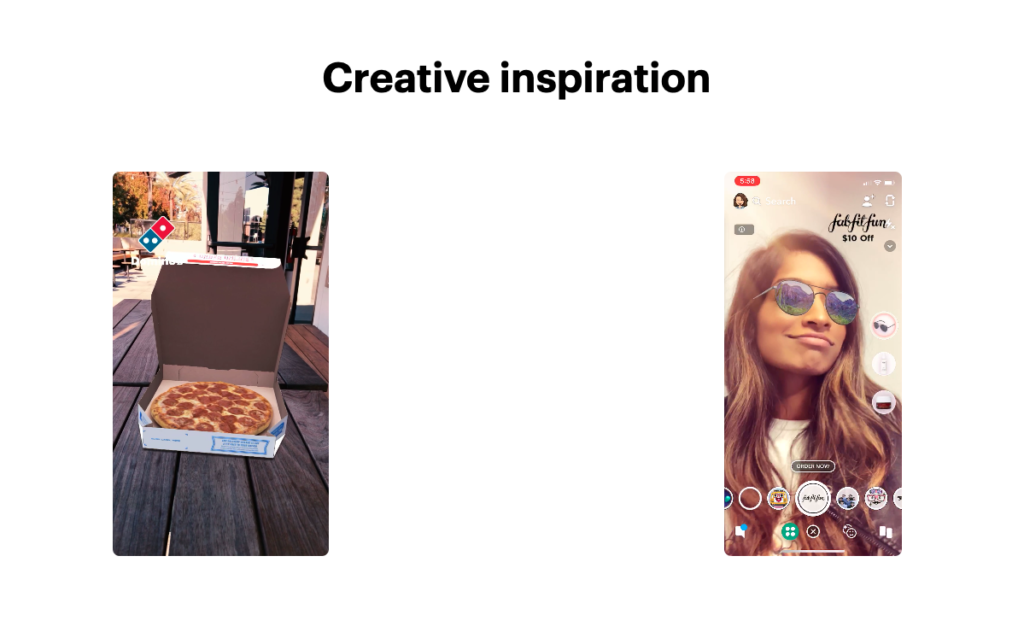In the last year, pretty much everyone started purchasing from the comfort and safety of home. Now, shoppers expect an absolutely seamless customer experience—if your brand doesn’t meet their standards, they can shop elsewhere. In response, retailers are bringing their A game technology-wise. Artificial Intelligence (AI) and Augmented Reality (AR) are a couple of the primary emerging technologies that continually evolve online shopping into a more engaging experience for customers.
The History of AI/AR in Retail
AI and AR may be big buzzwords in retail and ecommerce lately, but they are by no means new technologies for the industry. Sectors like home goods (think: IKEA, Home Depot) have been using AR for years to improve the customer experience for furniture and paint shopping. Home Depot and IKEA released mobile apps in 2013 and 2017, respectively, that used AR to allow customers to preview what a product might look like in their houses, from doors to chairs to sink fixtures.
Retail utilizes AI primarily through automated chats. AI-powered chatbots help reduce the amount of time customer service teams spend answering easy-to-find questions and also improve customer experience by making it easier for customers to find the information they’re looking for. Even online quizzes that help personalize the shopping experience (e.g. Frederic Fekkai Brands, Murad Skincare, Care/of) use AI to collect customer insights and data to build customer profiles.
Additionally, using AI, AR or 3D technology helps your brands’ sales. Customers are more interested in shopping with brands who use AR or AI and brands who use AR and 3D see a 112% conversion lift, according to data from Vertebrae.
AI/AR Surges During Covid-19
When the pandemic hit and most of the world went into lockdown, the need for AI/AR skyrocketed. With consumers forced to shop at home, brands had to get creative in creating meaningful digital experiences and advertising their products. Over time, consumers expected a certain level of technological excellence on brand.com websites, influencing many ecommerce brands to develop and launch AI or AR.
Besides being unable to touch/see products in person, Covid-19 also prevented consumers from speaking to store associates to ask questions and develop personal customer relationships (especially important for luxury brands in cultivating loyalty). To help bridge this gap and provide customers with the best possible digital experience, more and more brands like The Yes and Coach focused on creating AI apps or algorithms to replace what a customer would experience with an in-person store associate.
Standout Examples
There have been massive developments in verticals like apparel and beauty. While some brands are still getting the hang of integrating AI and AR into their digital experiences, some have really got it down.
MOSCOT: Virtual Glasses Try-on
MOSCOT, a heritage eyewear brand, has a collection of glasses included in their virtual try-on. You can use their mobile app or desktop to see how a pair of glasses would look on your face. Simply click on the “Virtual Try-on” button, enable camera access and get started. This incredibly useful tool delivered a 135% conversion rate lift and 174% revenue per visit lift for the brand.


Beauty: Virtual Makeup Try-ons
Within the beauty space, there are a few solid examples of using AR or AI. Google has partnered with brands like L’Oreal, Charlotte Tilbury, Estée Lauder and MAC Cosmetics to provide makeup try-ons when consumers are shopping through Google Shopping. Pinterest has also launched a similar feature for users searching under their ‘Shop’ tab.

Snapchat Filters
Snapchat has used AR filters for many years, but recently, it partnered with more retail brands to promote products, from shoes to makeup to food to subscription boxes. Users can play around with trying on products or seeing what the products would look like in front of them, then click a link to purchase.

Future Endeavors
AR still has a ways to go before it is widespread throughout retail. For example, the technology has not quite developed yet for fashion try-ons, ceiling-placed home goods or jewelry. At the CommerceNext Marketing Summit Series, brands like Cartier talked about developing AR so customers can see what jewelry would look like on themselves without having to come into stores. While the technology is not perfect yet, they are hoping this upcoming feature will help customers have a more engaging online experience.
Even as there is optimism for in-person living again with vaccines being widely available in the U.S., there are still many customers who will continue to prefer online shopping. If your brand does not already use AI/AR or is not yet working to incorporate it into your digital experience, you’re missing out on an opportunity to connect with consumers and drive better conversion rates. Start conceptualizing a plan now to create a fun and meaningful customer experience and tune into upcoming CommerceNext events as we continue to track the newest industry trends.
Related Posts
-
Create Meaningful Shopper Experiences With Digital Innovations
Brands are always looking to create meaningful connections with people.…
-
How Walmart Adapts Customer Experience for the Digital Shopper
Walmart.com is anything but basic. The retailer is perhaps best…
-
How Retailers Are Investing In Digital Customer Experience
Time is the most precious resource. Within our twenty-four hour…




